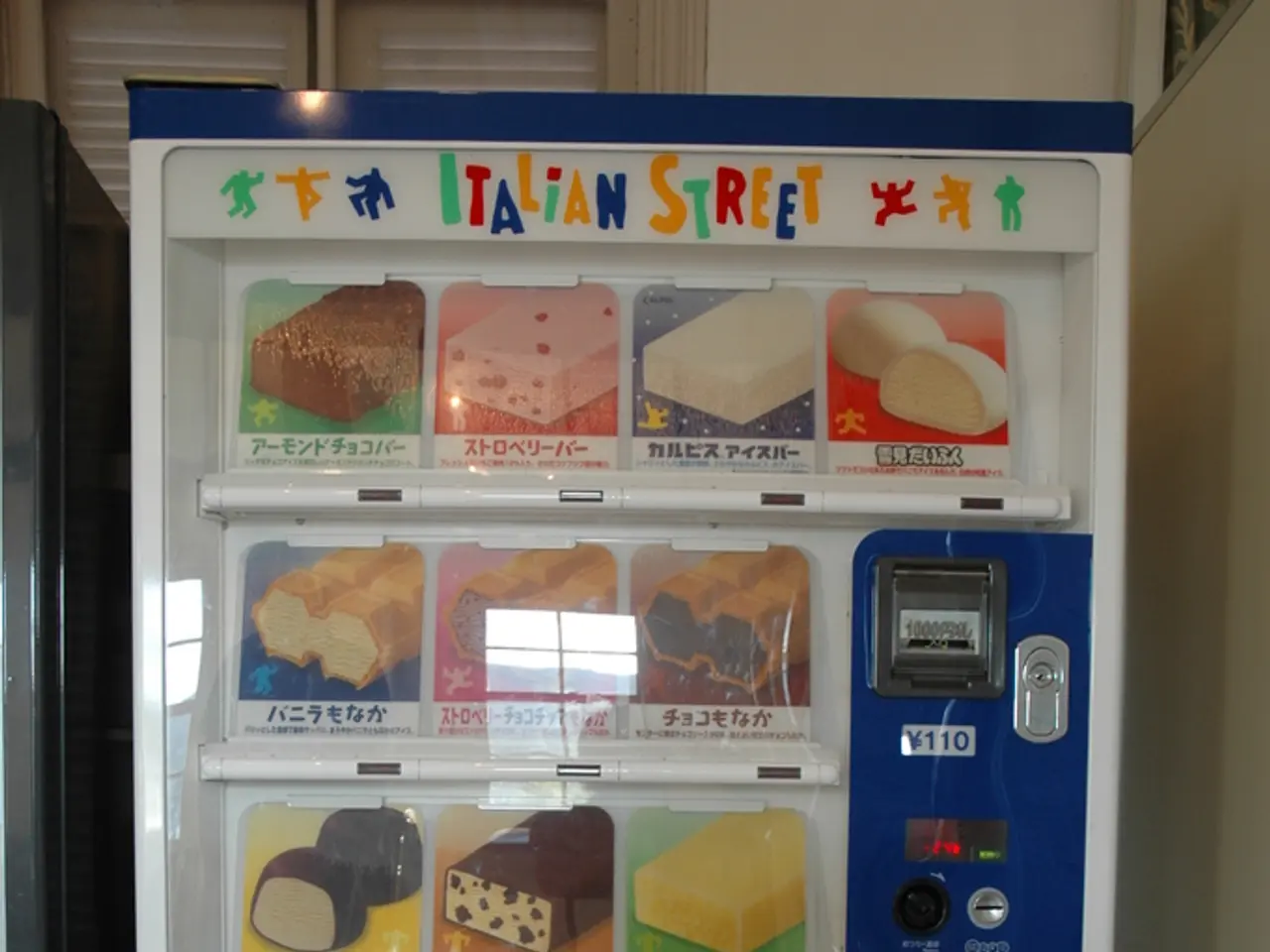Modernize Your Living Area: Budget-Friendly Renovations for Old HVAC Systems
In the pursuit of a comfortable, energy-efficient home, modern HVAC systems play a crucial role. These systems, consisting of heating, ventilation, and air conditioning components, manage temperature and air quality, ensuring a welcoming environment all year round.
One significant advancement in this field is the smart thermostat. These innovative devices, designed to enhance temperature control and energy savings, bring precision and adaptability to HVAC systems.
Smart thermostats learn your daily routines, such as when you are home, away, or sleeping, and automatically adjust the temperature accordingly. This personalized scheduling eliminates wasted heating or cooling when the space is unoccupied, maintaining comfort without unnecessary energy use.
Moreover, smart thermostats offer remote control via smartphone apps or voice assistants. This feature allows you to adjust the temperature from anywhere—such as warming your home before arriving or lowering it while away—further reducing wasted energy.
Energy usage monitoring and insights are also a key benefit. Many models provide detailed energy reports and actionable insights on your consumption patterns, enabling smarter energy management and informed adjustments to increase efficiency.
Some smart thermostats support zoned heating, optimizing temperature control in different areas of a home. They can also integrate with other smart home systems for comprehensive automation and control. By doing so, they can improve efficiency by up to 20–25% in some cases.
Additionally, by optimizing run times and preventing excessive use, smart thermostats help reduce wear and tear on HVAC components, potentially extending the life of the system.
The financial savings and environmental benefits are substantial. By reducing unnecessary heating and cooling, smart thermostats can lower energy consumption by 10–15%, translating into significant utility bill savings (up to £130 per year or several hundred dollars in different regions) while also lowering fossil fuel use and greenhouse gas emissions.
Investing in high-efficiency furnaces and air conditioning units can lead to long-term savings, despite higher upfront costs. Utility companies often offer rebates on energy-efficient HVAC systems, making initial investments more manageable.
Simple maintenance tasks, such as changing air filters, cleaning ducts, and scheduling annual inspections, are essential for maintaining the efficiency and longevity of your HVAC system. Proper insulation and sealing can also transform system efficiency, keeping heated or cooled air in and the elements out.
Inspecting for gaps or leaks around windows and doors, and adding insulation to attics, basements, or crawl spaces, can further improve efficiency and comfort.
Upgrading HVAC equipment is part of a larger community effort towards comfort and sustainability. Sharing experiences of upgrading HVAC equipment with others can inspire others to take similar actions.
For those seeking to deepen their understanding of the topic, resources such as HVAC Vancouver offer valuable insights. Additionally, related posts suggested to complement reading can help broaden knowledge and foster connections within the space.
In essence, the satisfaction of aligning choices with values can be found in selecting energy-efficient HVAC components. By doing so, we create a comfortable home not just through physical structure, but also by fostering connections within the space and contributing to a more sustainable future.
- Futuristic technology, such as AI, is increasingly being incorporated into smart thermostats, enabling them to learn and adapt to homeowners' lifestyles.
- Smart thermostats can integrate with smart home systems, allowing for complete automation and management of home-and-garden systems, including window shades and security cameras.
- In addition to optimizing energy usage and reducing waste, smart thermostats often come with sleek, smart designs that seamlessly blend into modern home decor.
- Another smart technology used in HVAC systems is the use of advanced models to simulate and predict the internal environmental conditions, with the goal of maintaining comfort and efficiency.
- Aside from energy savings, smart thermostats can also help promote a healthier lifestyle by maintaining an optimal indoor air quality, reducing allergens and pollutants in the home.




![Video Explanation: An Overview of Explainer Videos [Including Examples and Definition]](/en/content/images/size/w1280/format/webp/20250721153209_explainer-video-examples-meaning.jpeg)